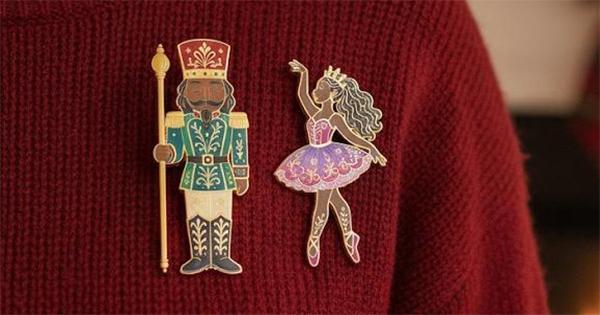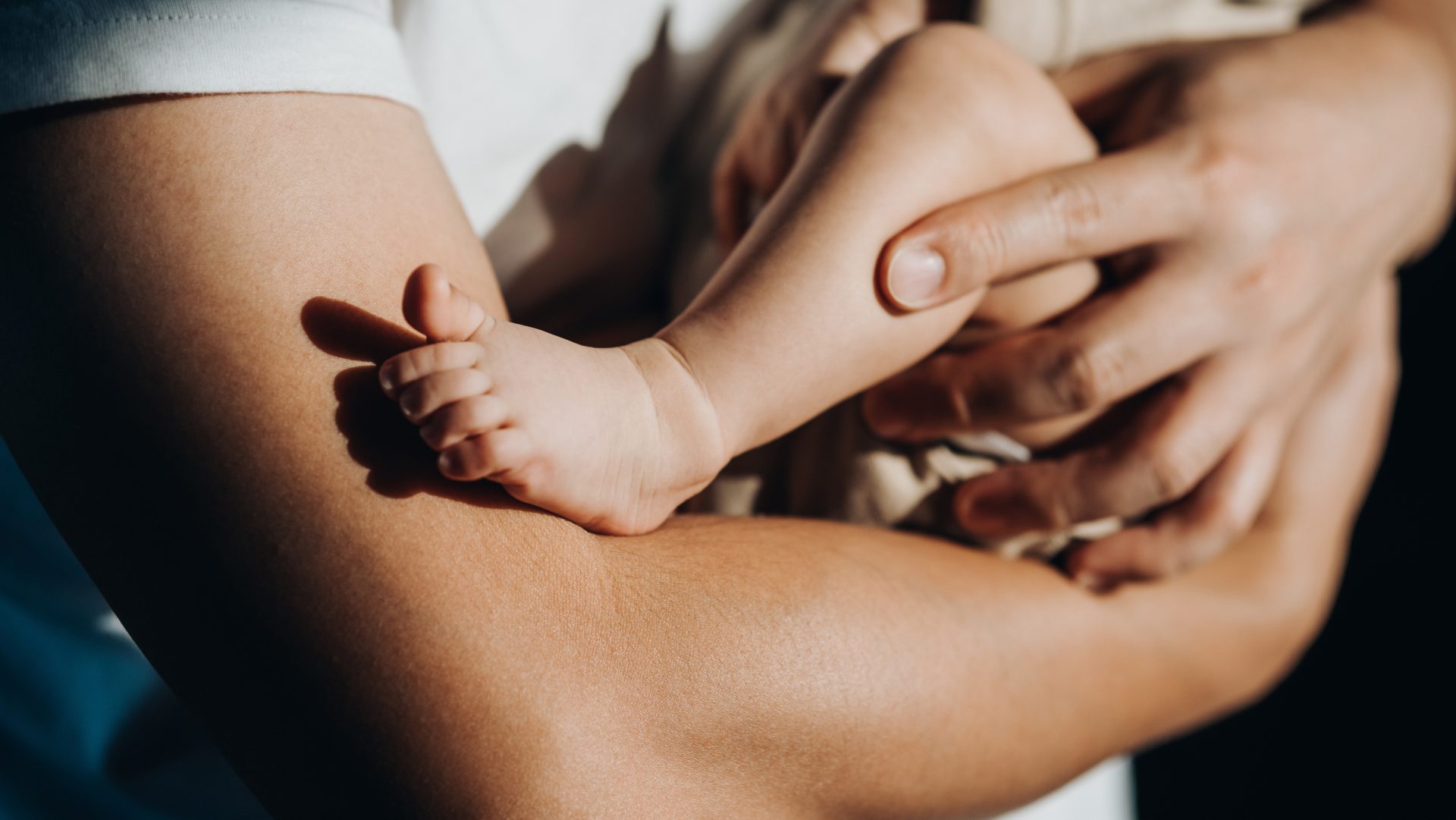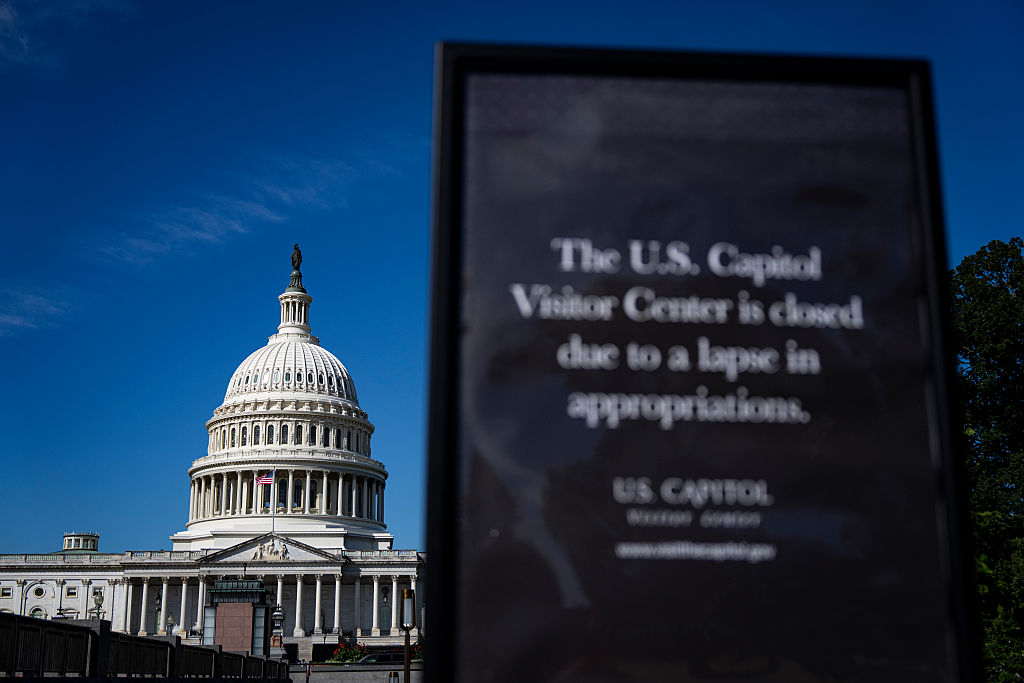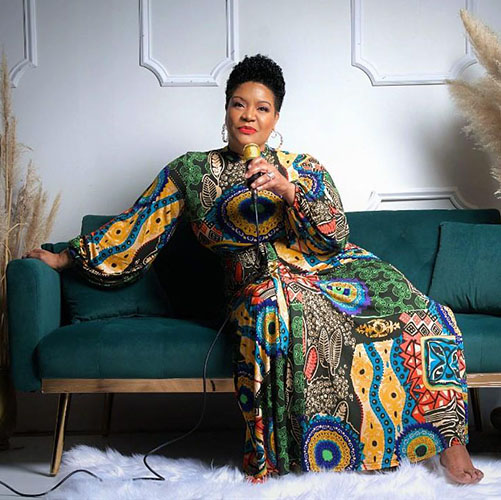Over the previous 20 years, Gee’s Bend quilts have captured the general public’s creativeness with their kaleidoscopic colours and their daring geometric patterns. The groundbreaking artwork follow was cultivated by direct descendants of slaves in rural Alabama who’ve confronted oppression, geographic isolation and intense materials constraints.
As of this 12 months, their improvisational artwork has additionally come to embody a really trendy query: What occurs when distinctive cultural custom collides with company America?
Enter Goal. The multinational retailer launched a limited-edition assortment primarily based on the quilters’ designs for Black Historical past Month this 12 months. Shopper appetites proved to be excessive as many shops across the nation bought out of the checkered sweaters, water bottles and faux-quilted blankets.
“We’re truly in a quilt revival proper now, like in actual time,” says Sharbreon Plummer, an artist and scholar. “They’re so popularized, and Goal knew that. It created the largest buzz when it got here out.” Certainly, there was a resurgence of curiosity amongst Gen Z and millennials in acutely aware consumption and the selfmade — with “cottagecore” fashion, baking bread, DIY bracelets — however each are at odds with the realities of quick vogue.
The Goal designs have been “impressed by” 5 Gee’s Bend quilters who reaped restricted monetary advantages from the gathering’s success. They acquired a flat price for his or her contributions slightly than pay proportionate to Goal’s gross sales. A spokesperson for Goal wouldn’t share gross sales numbers from the gathering however confirmed that it certainly bought out in lots of shops.
Not like the pay construction of the Freedom Quilting Bee of the Sixties — an artist-run collective that disbursed cost equitably to Gee’s Bend quilters, who have been salaried and will arrange Social Safety advantages — one-off partnerships with firms like Goal profit solely a small variety of folks, on this case 5 ladies from two households.
The maxim “illustration issues” is just not new, however it’s gaining wider traction. Nonetheless, when visibility for some doesn’t translate into significant change for a marginalized neighborhood as an entire, how is that reconciled?
A historical past of outsiders
”Each stage of the funds has been problematic,” says Patricia Turner, a retired professor in World Arts and Tradition and African American Research at UCLA who traced the commodification of Gee’s Bend quilts again to the white collector Invoice Arnett within the Nineteen Nineties. “I’m actually bothered by Goal’s in-house designer manipulating the look of issues to make it extra palatable for his or her viewers,” she says of the altered shade palettes and patterns.
“Every quilter had the chance to offer enter on the objects featured in our assortment on a number of events all through the method,” Goal spokesperson Brian Harper-Tibaldo wrote in an emailed assertion.
Whereas thumbnail-size pictures of the makers appeared on some advertising supplies and the textual content “Gee’s Bend” was printed on clothes tags, the corporate’s engagement with the quilters was restricted. As quickly as Black Historical past Month ended, the quilters’ names and pictures have been scrubbed from the retailer’s website.
Whereas Goal has pledged to spend greater than $2 billion on Black-owned companies by 2025, there aren’t any plans to work once more with the Gee’s Bend neighborhood.
The state of affairs right now mirrors that of the Nineteen Nineties, when some quilters loved newfound visibility, others have been disinterested and nonetheless others felt taken benefit of. (In 2007, a number of quilters introduced a sequence of lawsuits towards the Arnett household, however all instances have been settled out of courtroom and little is thought in regards to the fits due to nondisclosure agreements.)

The profit-oriented strategy that emerged, which disrupted the Quilting Bee’s price-sharing construction, created “actual rifts and disharmony throughout the neighborhood,” Turner explains, over participating with collectors, artwork establishments and industrial enterprises. “To have these bonds disrupted over the commercialization of their artwork kind, I feel, is unhappy.”
Reproducing artwork out of context
By reproducing an aesthetic however stripping it of its social cloth and familial context, Goal missed capturing the essence of what makes this specific craft custom so wealthy and distinct.
Quilts are made to mark main milestones and are gifted to rejoice a brand new child or a wedding, or to honor somebody’s loss. Repurposing cloth — from tattered blankets, frayed rags, stained garments — is a central ethos of the neighborhood’s quilting follow, which resists commodification. However the Goal assortment was mass-produced from new materials in factories in China and elsewhere abroad.
The older generations of Gee’s Bend quilters are recognized for one-of-a-kind designs with clashing colours and irregular, wavy traces — visible results borne of their materials constraints. Most labored at evening in homes with out electrical energy and didn’t have fundamental instruments like scissors, not to mention entry to cloth shops. Stella Mae Pettway, who has bought her quilts on Etsy for $100 to $8,000, has characterised having scissors and entry to extra materials now as a paradox of “benefit and an obstacle.”
Many third- and fourth-generation artists returned to quilting as adults for a artistic and therapeutic outlet, in addition to a tether to their roots. After her mother died in 2010, quilter JoeAnn Pettway-West revisited the follow and located peace in finishing her mom’s unfinished quilts. “As I’m making this sew, I can simply see her hand, stitching. It’s like, we’re there collectively,” she says. “It’s a bit little bit of her, a bit little bit of me.”
Delia Pettway Thibodeaux is a third-generation Gee’s Bend quilter whose grandmother was a sharecropper and whose daring, rhythmic quilts are actually within the Philadelphia Museum of Artwork’s everlasting assortment. For the Goal assortment, she acquired a flat price slightly than a price proportional to gross sales.
“I used to be form of involved to start with” about how quilts can be altered to suit with the gathering, Pettway Thibodeaux says. “However then once more after I noticed the gathering, I felt totally different.”
Searching for financial revitalization
As a result of job alternatives are so restricted in Gee’s Bend, many fourth-generation quilters have left the world to take jobs as lecturers, day care employees, house well being aides, and to serve within the army.
“We, as the subsequent technology, we was extra dreamers,” Pettway-West says.
Really helpful Tales
Nationwide recognition has actually introduced some optimistic change. However extra visibility — from museum exhibitions, educational analysis, a U.S. Postal Service stamp assortment — hasn’t essentially translated into financial good points. In spite of everything, the common annual earnings in Boykin, Alabama, remains to be far beneath the poverty price at about $12,000, in line with the nonprofit Nest.
“It is a neighborhood that also, to today, actually wants recognition, nonetheless wants financial revitalization,” says Lauren Cross, Gail-Oxford Affiliate Curator of American Ornamental Arts at The Huntington Museum of Artwork. “And so any financial alternatives that, you realize, funnel again to them, I assist.”
Goal’s line particularly, although, is disconnected from the group’s origins and handmade follow, she says. It’s an issue that distills the very problem at hand when one thing handcrafted and linked to deep custom goes nationwide and company.
“On one hand you need to protect the tales and that sense of authenticity,” Cross says.
“And however,” she asks, “how do you attain a broader viewers?”






![Drake’s Security Subdues Third Trespasser at Toronto Home This Week [Video] Drake’s Security Subdues Third Trespasser at Toronto Home This Week [Video]](https://balleralert.com/wp-content/uploads/2024/02/Screenshot-2024-02-26-at-12.40.57 PM-e1714419281973.png)







